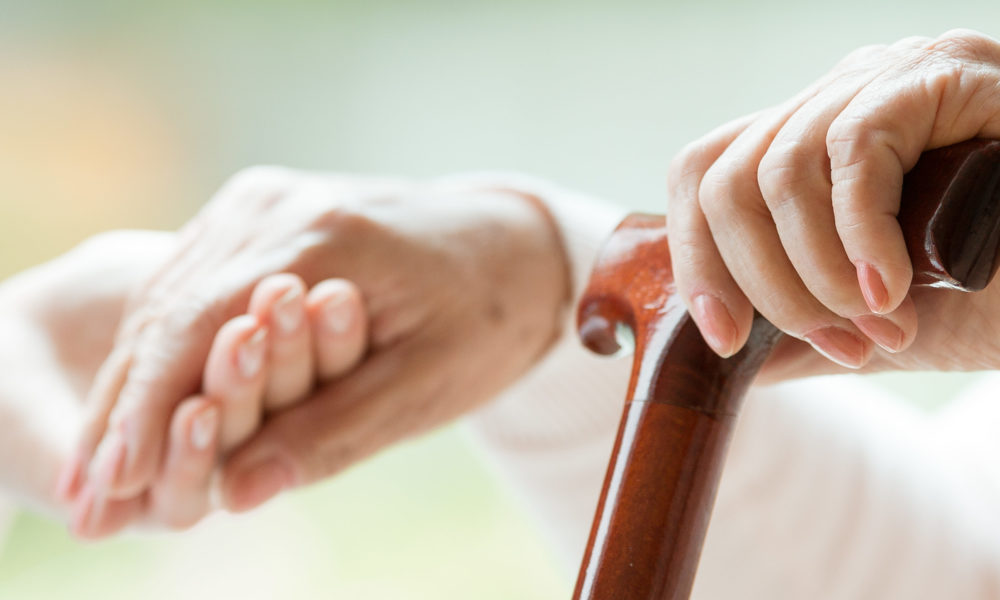Information provided by the team at www.consumersadvocate.org.
Falling is common for older adults, especially those who live alone. Every year, one in four older adults experiences a fall, and falls are the leading cause of serious and fatal injuries for adults over the age of 65 (U.S. Centers for Disease Control and Prevention).
What Causes Older Adults to Fall?
There are many reasons why an older adult might fall at home, including undiagnosed medical problems or even low blood pressure.
Certain medications can interact in a way that could increase the likelihood of falling. Other common conditions include poor depth perception, glaucoma, cataracts, or just poor vision.
What To Do If You Fall
If you have fallen, the first thing you need to do is visit your doctor for a full physical. If you are a caregiver and the older adult you are caring for has fallen, make sure they get to a doctor. Not all injuries associated with falling are obvious, and a medical examination will help identify any problems.
Wearing a medical alert bracelet that has fall detection capability can be extremely helpful in these situations. There are many medical alert devices that can detect when someone fallen and alert a monitoring center to contact the appropriate person or response team.
Once your doctor has given you a thorough physical, there are some other things you can do at home or even when you’re out to prevent falling.
How to Prevent Falling
1. Move more carefully and practice improving your balance
Try to move carefully when you go from a sitting to a standing position. Moving too quickly may cause you to fall. Take a pause before going up and down stairs or moving around the house. You can improve your mobility and balance by taking a class or even practicing Tai Chi. Learn more about balance classes and Tai Chi in Central Oregon.
2. Wear sensible shoes
Appropriate footwear is an essential part of fall prevention. Please avoid heels, flip-flops, and shoes with slippery soles, and opt instead for properly fitting, sturdy shoes with nonskid soles. Sensible shoes may also reduce joint pain.
3. Make your home a safe place to move around
Your home is where you spend a majority of your time. Make sure it is fall-proof by cleaning up any clutter, moving boxes and furniture like coffee tables, relocating plants, and clearing electrical cords from walkways. It is essential to keep areas like your kitchen, bathroom, living room, and hallways free from any clutter than can result in falling. Many fire departments offer free home safety inspections
4. Brighten your living space
A brightly lit home is a safer home. Make sure light switches are easily accessible when you enter a room. Turn on lights before going up or down stairs, and consider replacing traditional switches with glow-in-the-dark or illuminated switches.
5. Create places to lean, grab, and rest
Find more balance by using a walker or cane for extra support when walking. Install handrails, armrests, grab bars, nonslip treads, and raised seating wherever possible in your home, especially in the bathroom and stairway.
For the elderly, fall prevention means injury prevention.
Ask your loved ones to help you ensure that your rooms and stairways are clutter-free and well-equipped with lighting, handrails, grab bars, and nonslip mats to help you avoid falling.



amazing and useful article, much helpful. thanks
fall prevention tips for the elderly
Glad you found it useful!